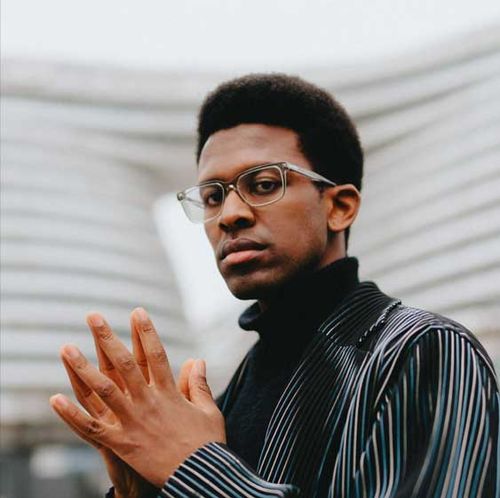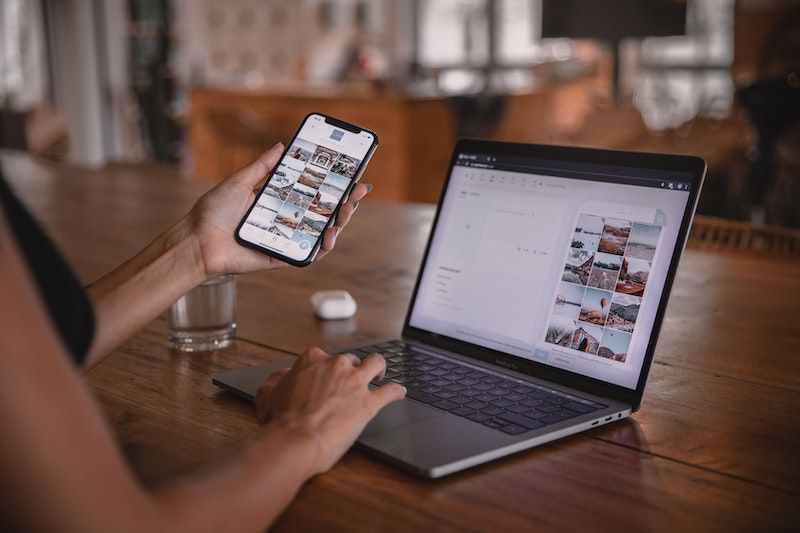Reach vs. Engagement: An Influencer Marketing Dilemma

Hasani Arnold
Social Media Influencer
Influencer's reach and engagement - if these two concepts sound the same, you are not alone. Often brands can mistake an influencer's engagement as equivalent to their reach and vice versa. We will dive into how to differentiate reach and engagement, appraise an influencer's audience accurately, and why doing this can be critical to ensuring success in influencer marketing campaigns.
What is Reach?
Reach is the total number of people who could potentially see influencers' posts. So, if an influencer has 500,000 followers, they have a maximum organic reach of 500,000. However, due to social media algorithms, the actual number of people that influencers reach organically is far smaller. Therefore, if a creator is said to have a large reach, it has a high number of followers, though the actual number of followers who see its content could be much lower.
What is Engagement?
Engagement is a bit more straightforward than reach; it is simply the summation of all interactions by followers on a given post by an influencer. So if an influencer receives 100 likes, 30 shares, and 50 comments on a piece of content, their total engagement on that post would be 180.
At the same time, their engagement rate gauges how actively involved the audience, aka the followers, are with the influencer's posts or collaborations. The engagement rate is calculated by dividing the total engagement by the total number of followers and is usually spoken about in percentages. So an influencer who gets 950 likes, shares, and comments and has 10,000 followers would have an engagement rate of 9.5%. (950/10,000 x 100 = 9.5% - this is a great engagement rate, by the way!).
The engagement rate is calculated by dividing the total engagement by the total number of followers and is usually spoken about in percentages.
Notable also is that engagement exclusively denotes unique interactions with a given post. Those are interactions by different people—so one person sharing or commenting on a post 50 times does not increase the engagement rate by 50; rather, if the same person likes, comments, and shares a post, the engagement rate would increase by three.

Different posts by the same creator can have similar or very different overall engagement rates depending on the time of day the content is posted, its quality, and relevance to the influencer's content. It may be helpful to understand what "good" engagement on different social media platforms looks like:
- TikTok: 3 - 9%
- Facebook: > 1%
- Twitter: 0.02 - 0.09%
- Instagram: 1 - 5%
- LinkedIn: 2-3%
As we can see above, the overall engagement rate for a given influencer is usually an iota of their total following. Also, these are ideal numbers; the reality on these social media platforms can often be lower than these numbers.
Why Does it Matter?
Brands must understand that engagement and reach are not always linked. When determining if you should or should not work with a prospective key opinion leader (KOL), you should assess these metrics independently to inform your decision. As we at relay.club have spoken about in some of our other blog posts and videos, influencers with high followings are not always the best to work with, depending on the goals you have for your brand.
Both engagement and reach have their respective application when engaging in influencer marketing, and both can benefit your brand, albeit in different ways. Influencers with high engagement rates often have more intimate relationships with their audiences. They are great individuals to work with if one of your goals is increasing brand loyalty with their audience. Perhaps you are a company that has not existed for long, but you want to attract and hold a consistent client base. Working with influencers who consistently have high engagement rates can be a great way to do this because often, the audiences of these influencers feel very connected and close to the influencer and, as such, tend to be less skeptical of the brands they work with and more willing to trust the ads that they post to their page.

The followers are loyal to the influencer, and that loyalty can transfer to your brand as long as the followers feel that the influencers' content is in line with their image and content creation style. You are also likely to have a higher conversion rate with influencers with high engagement rates because these followers tend to not only trust the influencer more but also be more invested in a certain lifestyle they esteem the influencer for. Thus they are more inclined to purchase products that the influencer uses.
It is also important to note that engagement rates are relative to an influencer's following, so an influencer with 10,000 followers with an engagement rate of 10% and one with 100,000 followers and an engagement rate of 1% may have the same amount of overall engagement. Still, the one with 10,000 followers has a rate 10x higher than the 100,000 follower influencer, which could mean that the audience of the smaller influencer is more engaged and able to drive a higher conversion rate.
Reach also has its place in the influencer marketing realm as well. Influencers with large reaches often have the potential to have their ads viewed by more people. These influencers' audiences tend to be less intimately connected to the influencer, so converting clicks to sales can be more challenging. Still, in terms of increasing your brand recognition, influencers with large reaches have great significance.
In a previous blog, we spoke about the difference between nano, micro, macro, and mega influencers; reach is indistinguishably linked to these titles because these influencers have different levels of reach.
Working with larger influencers may be the right choice for you if you are more focused on making your brand known and less on actual sales.
Brands like FashionNova adopted this strategy whereby early in their rollout, they sought large influencers to increase their brand recognition and allowed sales to trickle in afterward. Typically, your website traffic, clicks, and brand awareness will increase when you work with larger influencers because more people can see your products.
The decision to work with influencers with high engagement vs. reach is a question of quality vs. quantity—is it important to have a lot of traffic but fewer sales, or less sales but more brand loyalty and consistency? This question you need to answer before you spend money on influencer marketing to ensure that your campaigns are in line with the vision you have for your brand, be it old or new.
Wrapping it all up
Overall, an influencer's reach and engagement rate can be critical factors when deciding which content creators to work with. You must have a clear vision for your brand and set realistic, attainable goals for each marketing campaign you engage in. As always, choose the influencer that best furthers your objectives, not just those with high follower counts (though, as we have explored here, they can also be a valuable part of your marketing tactic).
We hope you are now more well-equipped to embark on your influencer marketing journey. Although we know the above information may not be easily digestible, especially if it is your first time learning about all of this. So that is why we are here to help! If anything we explored today is unclear, or you find yourself thinking, "ok, so who should I work with?" do not hesitate to connect with relay.club; we will be happy to answer all your questions!
As always, we wish you the best on your influencer marketing campaigns!

Social Media Influencer
Hasani Arnold received his bachelor’s degree from CUNY Hunter College and master’s from Tsinghua University Schwarzman College. He is an influencer on TikTok who has a following of 83K. His content is all China-related and ranges from things such as skits, social commentary, day-in-the-life vlogs, and language instruction. He has been featured in various blogs and third-party videos including Unilad, Unilad Adventure, and Klook. He has also appeared on Chinese television on variety shows.
